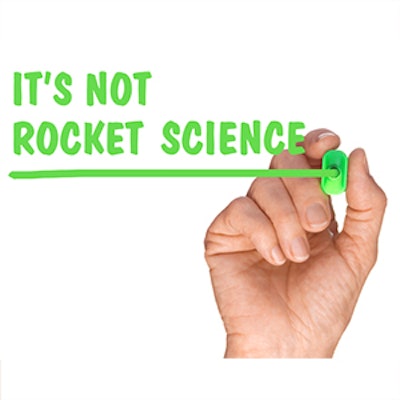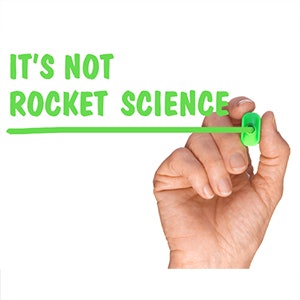

Let me explain a few things and see if I can help you overcome your fear of chemical formulas, equations and symbols.
First, we all use abbreviations every day in our conversations. We talk about things associated with computers and we have USB, MB, PDF or GB (Universal Serial Bus, Megabyte, Portable Document Format and Gigabyte). We also use abbreviations when we text message someone with BTW, IDK, BRB, LOL, LMAO (By The Way, I Don't Know, Be Right Back, Laughing Out Loud and Laughing My Ass Off) and so on. In pools we have pH, Alk, FC, Temp, CH, and CYA. (potential hydrogen, alkalinity, free chlorine, temperature, calcium hardness and cyanuric acid).
Chemical symbols are abbreviations of the elements on the Periodic Chart of elements. There are only 118 elements and only about 90 that are real elements. The rest are theoretical, man-made and last 1 second or less. Most of the elements are one letter and the rest have two letters. Some of the element symbols are obvious like C is Carbon, O is Oxygen, N is Nitrogen and H is Hydrogen. Other elements are not quite so easy to figure out like Na for Sodium, Sn for Tin and Au for Gold. These symbols (abbreviations) are just a quick way of writing. Instead of writing oxygen we write O, instead of writing sodium we write Na and instead of writing chlorine we write Cl. Single letter symbols are always capitalized. If the symbol has two letters, the second letter is always lower case. That's it. Symbols=abbreviations. So just remember that most chemists are nerds or geeks and they are very lazy so they use shorthand or abbreviations whenever possible.
Now let's talk about formulas. Formulas are the combining of symbols to describe a compound. (Uh oh. That sounds technical and I am starting to block this out.) Don't. Wait just a second and read on just a little farther. Let me give you a quick example of a formula - NaCl. That is the formula for salt - sodium chloride. It is much easier to write NaCl than sodium chloride. Then we have H2O which we all know is water. And we have HCl which is hydrochloric acid. You may also have seen this one HOCl and this one OCl–. They are Hypochlorous acid (the killing form of chlorine in water) and hypochlorite ion (pretty much the non-killing form of chlorine in water). So we combine the symbols of elements to make compounds. We can then react two or more compounds to form other compounds. We react chlorine with water to make the killing form of chlorine in water. This brings us to the final part of our chemical trilogy.
Chemical equations are just shorthand or abbreviations for describing chemical reactions. It is easier to write and easier to see the reactions in an equation rather than reading the longhand version. Here is an example.
First the longhand written version:
Adding gas chlorine to water produces hypochlorous acid and hydrochloric acid.
Here is the chemical equation:
Cl2 + H2O --> HOCl + HCl
Here is another with the chemical equation first and the written version below.
NaOCl + H2O --> Na + OH + HOCl
Liquid chlorine added to water makes sodium plus hydroxide plus hypochlorous acid.
The fine points of chemical equations is that the number of atoms of each element have to be the same on both sides of the arrow. If there are three Hs on the left side then there must be three Hs on the right side.
And that's it. Chemical symbols are element abbreviations. Chemical formulas are combinations of element abbreviations. And chemical equations are graphic shorthand abbreviations of the reacting of chemical compounds and their reactant products. It is not even math except for making sure everything is accounted for. That's all there is to it. Now you can stop hating chemical symbols, formulas and equations.
Chemical consultant and author Robert Lowry has been a respected expert on pool and spa chemistry for decades. He is the author of IPSSA's Basic Training Manual (2016 Revised Edition), Part I — Water Chemistry, which was recently published and positively reviewed on this website by AQUA writer Eric Herman: "When it comes to the world of pool and spa water chemistry, [this manual] is truly a tour de force. As someone who's been reading and rereading all manner of written water chemistry/treatment explanations for nearly three decades, I can say without reservation Bob's work is truly something special."




































